Large Planetary Parade 2024 – Five Planets To Line Up in the April Sky
27th Mar 2023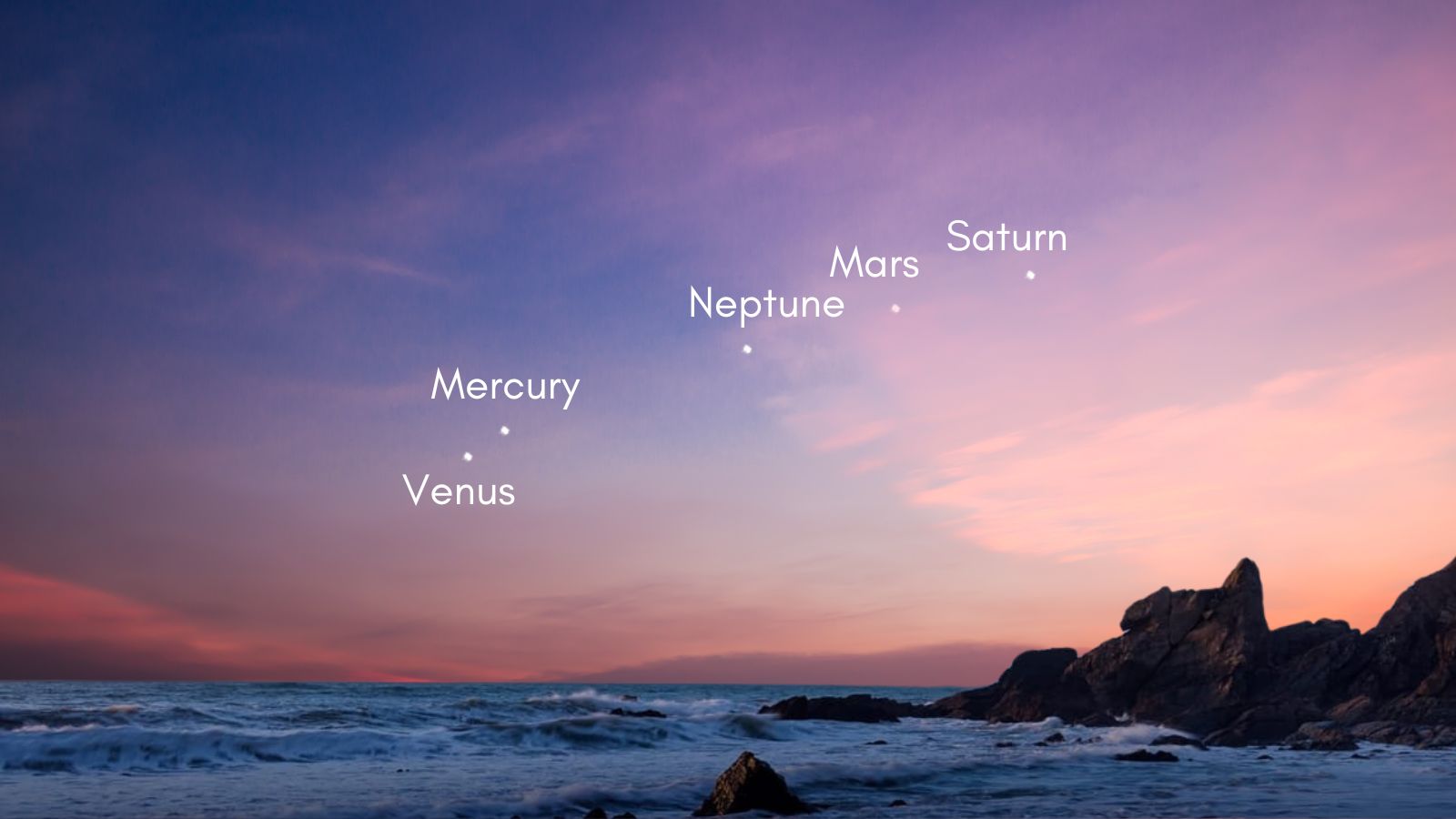
Planetary alignments are stunning cosmic displays you can witness with just your eyes – no fancy gear needed! Mark your calendar for the next one on April 20, 2024! In the early morning, five planets – Venus, Mercury, Neptune, Mars, and Saturn will align in the sky.
Are you ready? Keep reading for simple ways to spot the planets, when to catch the next alignments and a quick explanation of what makes these alignments so special.
What Is a Planetary Alignment?
There are two ways to understand planetary alignments.
First one: from a bird’s-eye view above the Solar System. This is when several planets cluster on one side of the Sun at the same time. It’s rare for all planets to gather in just one quarter of space, happening only 7 times in a thousand years!
Second one: from our viewpoint on Earth. Here, it looks like planets line up close together in a slice of the sky. This visual treat happens when Earth and other planets end up on the same side of the Sun, making it seem as if they’re in a neat row. The tighter the group in the sky, the more stunning the alignment.
Remember, what looks like a close group in space might not always translate into a dramatic sight from Earth. Sometimes, even if planets share a quadrant in space, they could appear spread out across our sky. Also, when the inner planets are near the Earth-Sun line, they disappear from our night view.
Do the Planets Form a Line In The Sky During the Planetary Alignment?
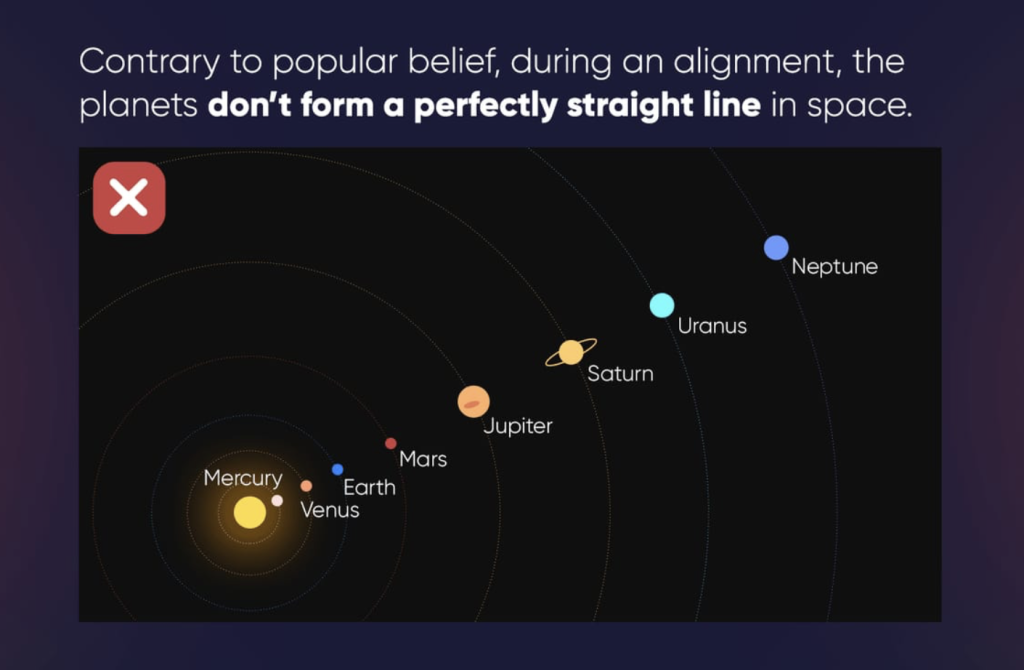
Yes, the planets do line up, but not in a perfectly straight line. They all orbit the Sun in nearly the same flat plane. So when you look from Earth, they seem to follow the ecliptic — the path the Sun travels across the sky.
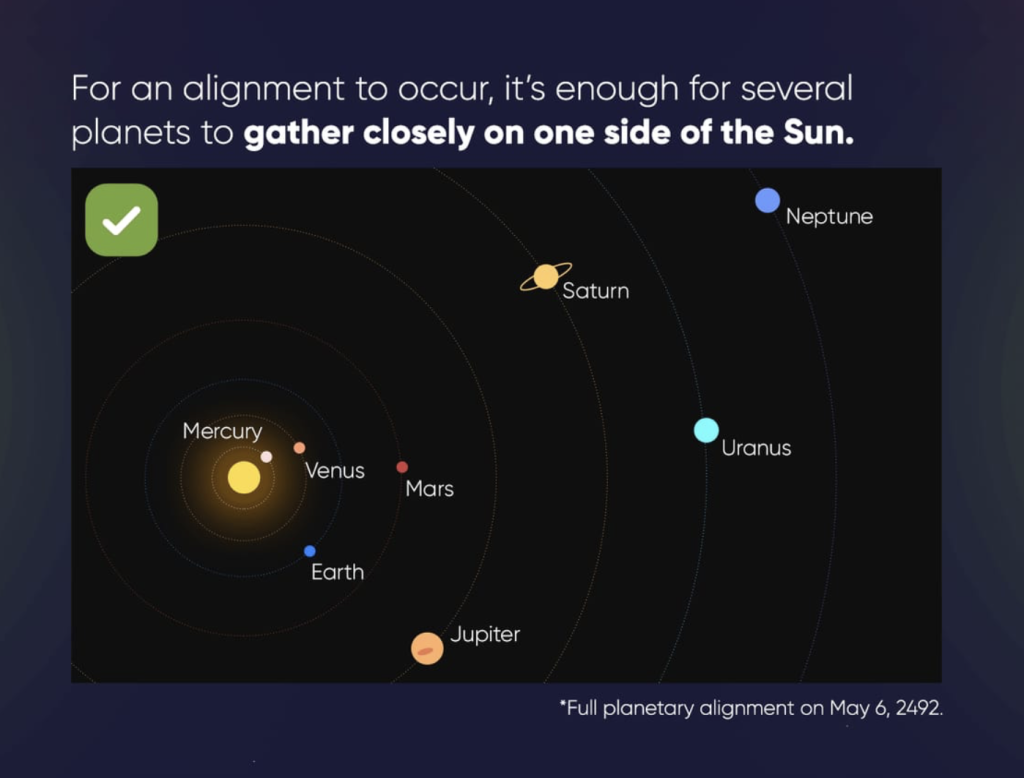
Types of Planetary Alignments
There are different kinds of planetary alignments, and they’re usually sorted by how many planets are involved:
- Mini planetary alignment – This includes 3 planets.
- Small planetary alignment – This one has 4 planets.
- Large planetary alignment – This group has 5 or 6 planets.
- Great (full) planetary alignment – This is the big one where all the planets of the Solar System line up, and sometimes Pluto joins in too.
Planetary Conjunction VS Alignment
Let’s not confuse these two terms. A planetary conjunction occurs when two or more planets appear very close together in the sky from our Earthly perspective, creating a striking visual tableau. This proximity is an optical illusion, as the planets involved remain millions of kilometres apart in space; they merely line up along our line of sight. Conjunctions can involve any celestial bodies, including stars and the moon, and vary in visual impact depending on the brightness and apparent proximity of the involved planets.
On the other hand, a planetary alignment is a broader and somewhat rarer event, occurring when three or more planets fall into a rough line within our solar system. This type of alignment is best viewed from above the ecliptic—the plane of Earth’s orbit around the Sun—making such alignments more a matter of celestial mechanics than visual spectacle.
All You Need to Know About Large Planetary Alignment 2024
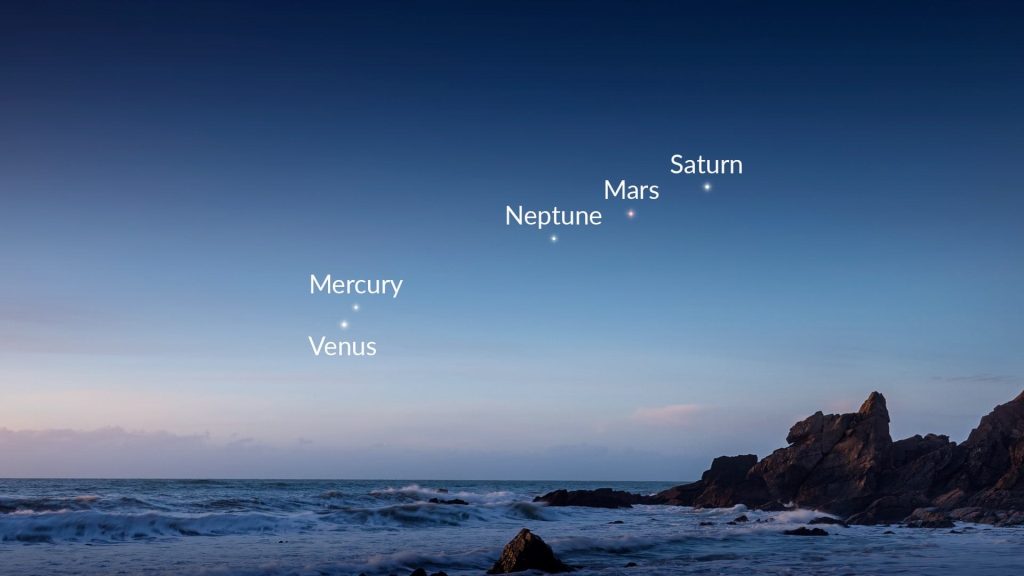
The next big celestial show, a planetary alignment, is happening on April 20, 2024. Early in the morning, five planets – Venus, Mercury, Neptune, Mars, and Saturn – will line up in the sky. You can easily spot Venus, Mercury, Mars, and Saturn with the naked eye, but you’ll need a telescope or strong binoculars to catch a glimpse of Neptune. Let’s dive into how you can get the best view.
Planets: One by One
First up is Saturn, shining with a yellowish light at magnitude 1.2. It’ll make its appearance about an hour before sunrise. Mars, glowing at a close magnitude 1.1 with its distinctive reddish hue, follows shortly after. Both planets will be easily visible without any aids.
Next, keep an eye out for Neptune. It’s fainter at magnitude 7.9, so you’ll definitely need some binoculars with good magnification to spot it.
As dawn breaks, look towards the eastern horizon for Mercury and Venus. Venus, very bright at magnitude – 3.9, will be hard to miss. Mercury, however, will be dimmer at magnitude 3.0, so it might be a bit of a challenge to spot. Binoculars can help here, but take care not to aim them towards the rising sun.
Where & When to Catch The Planetary Alignment?
This celestial lineup will be visible in many places around the world on the morning of April 20, 2024, but exact viewing conditions can vary. Here are a few specific dates and the sky sectors where the planets will be closest together for various locations:
- Sydney: April 16, within a 7-degree sector.
- Abu Dhabi and Hong Kong: April 20, within a 26-degree sector.
- Mexico: April 20, within a 25-degree sector.
- São Paulo: April 21, within a 1-degree sector.
When & How Can I See the Planetary Alignment in the UK?
If you have clear skies and a view in the west, you can see the five planets spread from everywhere on Earth, but those in the Northern Hemisphere might have a better view. So, Britain has a good chance to catch the lovely night show if the weather allows it.
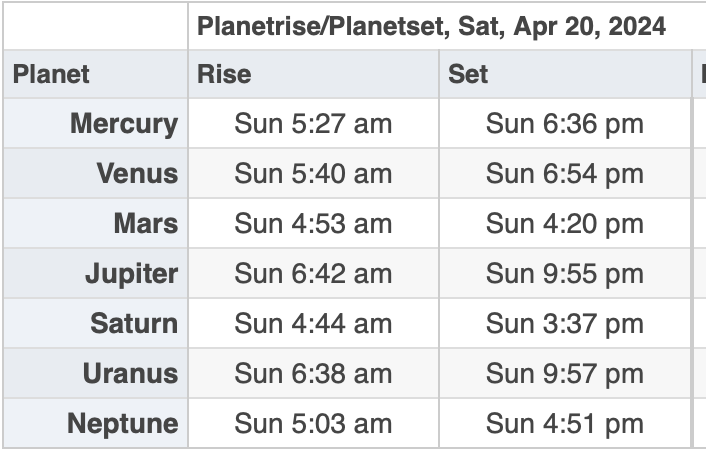
How Rare Are Planetary Alignments?
A planetary alignment of this kind may occur once every few years. Still, capturing planets all together in an even smaller region of the sky is feasible – those occurrences are rare. For example, one alignment last June was the first of its kind since 2004. The event consisted of all five planets visible to the naked eye: Mercury, Venus, Mars, Jupiter, and Saturn.
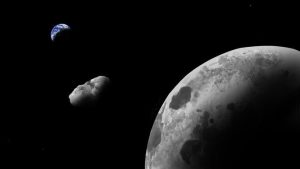




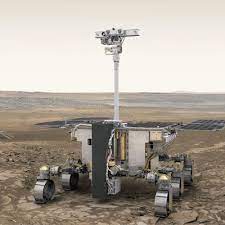
Thank you for your comment! It will be visible on the site after moderation.